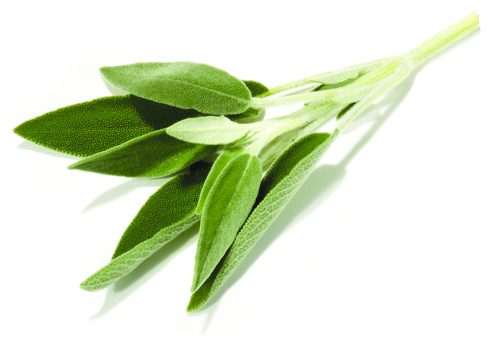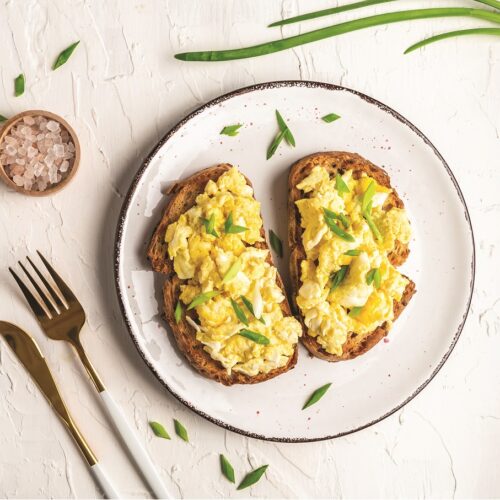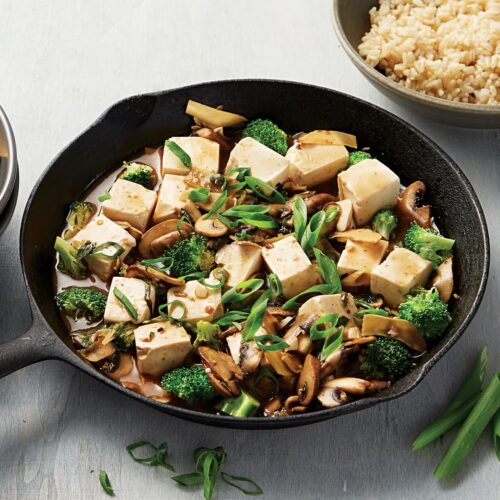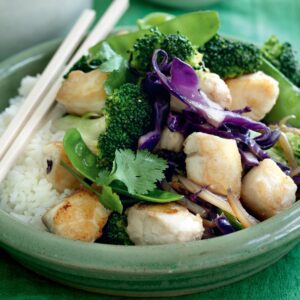
The scientific name for this slightly bitter herb, Salvia officinalis, comes from the Latin word salvere, ‘to be saved’.
As far back as ancient Roman times, sage has been used for its healing and culinary properties.
Buying
Typical culinary sage is a plain narrow leaf or broad leaf (and no flowers). Sage can also be bought dried in packets, in whole leaf, rubbed or ground form. Rubbed sage is velvety texture while ground sage is powdery.
Nutrition
Most herbs, like sage, only used in small amounts in cooking can contribute useful amounts of phytochemicals that can enhance our health. Over 160 antioxidant polyphenols have been found in sage, some of which are unique to the Salvia genus.
Storing
Store freshly picked sage in a plastic bag in the fridge. Or cover fresh leaves with olive oil and store in the fridge for up to three weeks. Freezing maximises the herb’s flavour. Pack leaves loosely in a freezer bag or cut leaves and pack with water in ice-cube trays. For dried sage, spread leaves out in a dry spot (away from sunlight) and store dried sage in a sealed container for up to six months.
Using
If you store sage in oil, use the infused oil in dressings for extra flavour. Before roasting meat, sprinkle fresh or dried sage leaves over the top of the roast or add sage to stuffing to intensify flavour (one teaspoon minced sage to one cup stuffing).
Or try these tasty recipes:
Smarter sausage rolls
Stuffed lemon and herb chicken breast
Roasted pumpkin, ricotta, pine nut and sage pasta.
www.healthyfood.com










